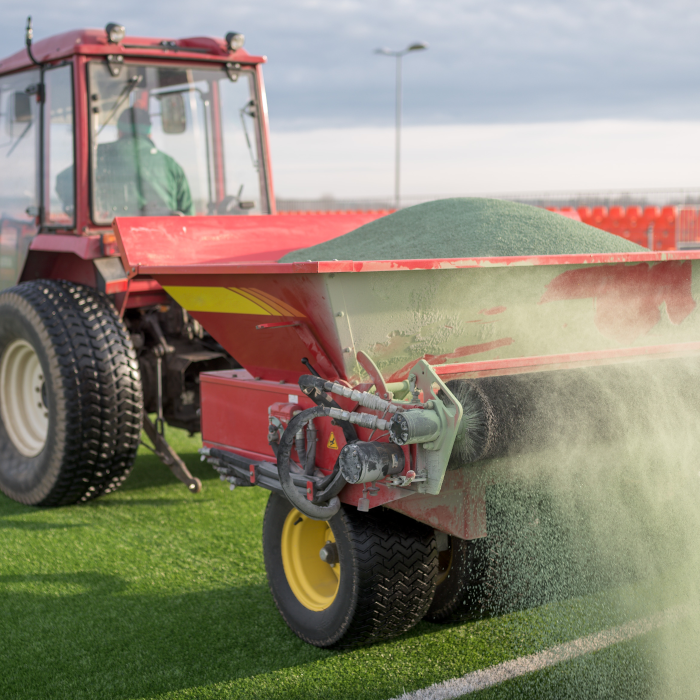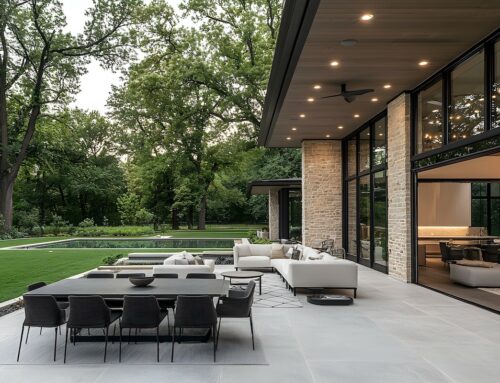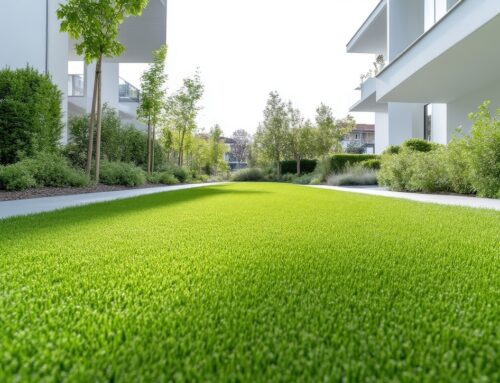Last Updated on February 17, 2022 by ReTurf
Artificial turf requires a layer called infill during installation. There are a few types of infill available for turf. We will go over each, here. But before we get started, let’s look at what infill does for turf.
Turf infill acts as a support layer for the individual synthetic blades. This helps keep the turf looking and feeling as natural as possible. Without this support layer, artificial turf blades would become flat and matted.
Turf infill also acts as a weight for the turf field. This helps keep the material grounded in a heavy wind event.
Lastly, infill acts as a shock-absorbing layer. This is important in sports, during a tackle for instance, but also creates a comfortable feel when walking or running on the surface.
Turf Infill Types
There are three primary types of infill, and each of these can have variants based on the manufacturer. In this, there are numerous qualities and differences that can be found inside of the infill product, but the three main materials will, in essence, be the same.
1. Zeolite Infill
Zeolite is actually a material that is formed from volcanic rock and ash. This is a porous substance that has great odor absorbing properties. In this, it is one of the preferred types when using artificial turf for pet spaces. One downside is that it does not have the weight of other infill products. Heavier infills are desired in nearly all applications. However, some users have found success in utilizing a rubber infill base layer with zeolite on top – specifically for pet play areas.
2. Sand Infill
Sand infills have many variants. Some of these include silica sands. Silica sand infill is one of the most widely used due to its pricing. There are some concerns over the microsized jagged edges of the product which can give it a rough feel. These edges can also wear at the artificial grass blades over time. There are some “rounded edge” silica sands available. There are other sand infill variants made by several manufacturers. These are all generally man-made sands that are each designed to have a different quality.
3. Rubber Infill
Rubber is the most common infill in use. As mentioned previously, since artificial turf is widely used in sports, it has that shock-absorbing quality that is highly desired. This product is a granulated rubber that is either derived from recycled or new rubber materials. Recycled being more cost-effective. This form of infill also provides the best drainage and retention in wet climates.



